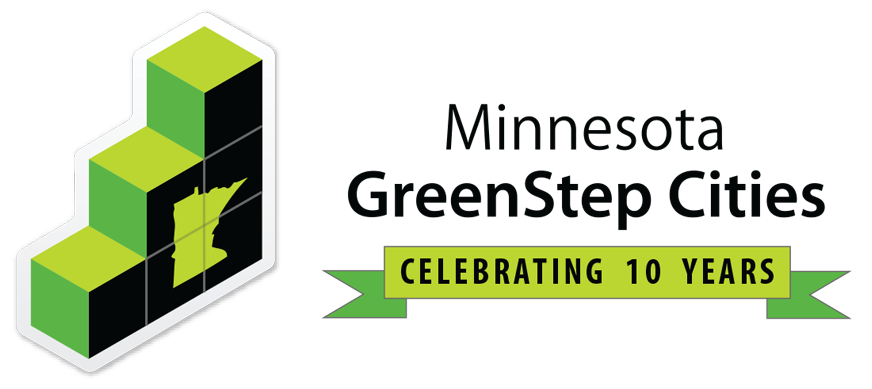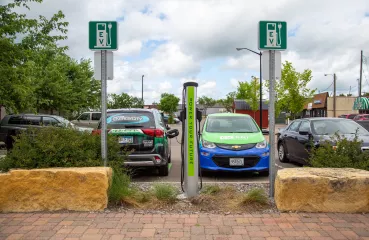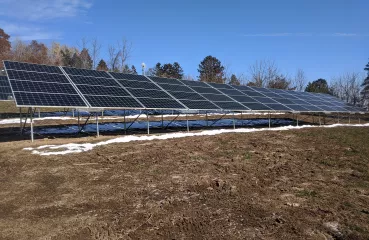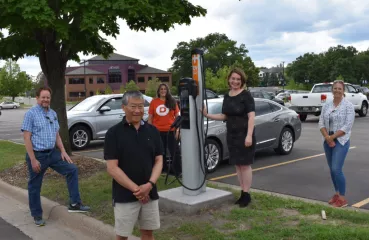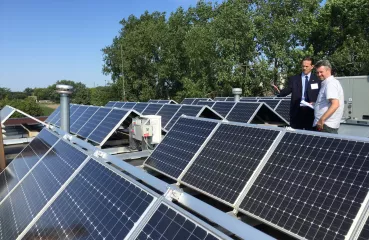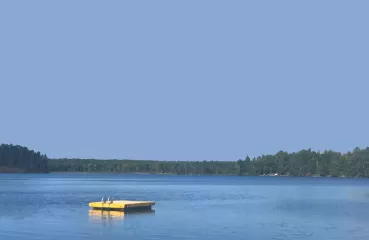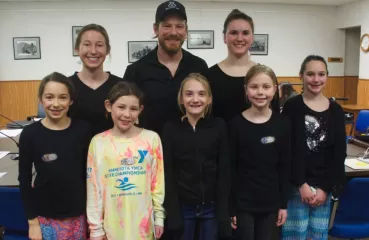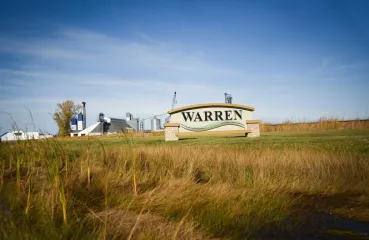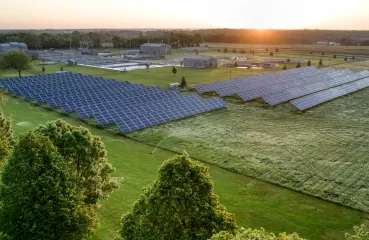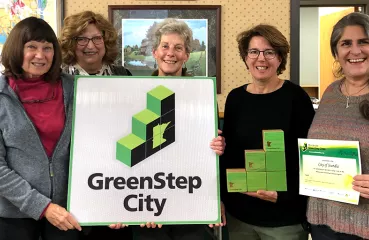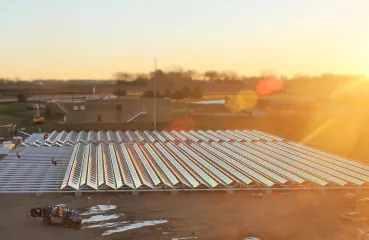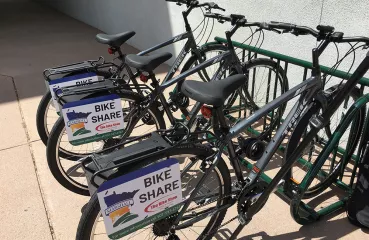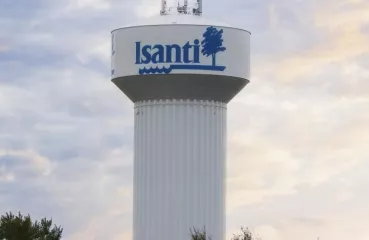Blaine Hill: At a recent city council meeting, we had a big discussion about how there seems to be a lot more wind events. We’re talking about trees being damaged, people putting branches out in the street for the public works to pick up because branches are breaking off trees and things like that. Luckily we haven’t had any major stuff like floods or tornadoes, but the weather is really really iffy.
Just to give you a perspective: I’m 61 and I grew up in Morris and last year I never ever remembered in my entire life corn left in fields because they were so wet last year. There were literally farmers harvesting corn in the winter, in the snow, because they couldn’t get it off in the fall. Then this year was like the perfect spring—the ground was dry and all the farmers got all their planting done. It’s like you have two years that couldn’t have been any more different. What does that tell you about climate? Farmers have dealt with massive swings in weather that we haven’t seen before. I think people are coming around.
I was a political science major and to me it’s amazing how everything is becoming political. There’s nothing political about weather, but it is! That’s the way people look at everything and when you look at all the different types of things that we’re doing—I don’t understand why they can’t figure it out. We don’t need them to believe anything, we just focus on what we’re working on and that’s what keeps driving us.
Every year (except this year because of COVID), we have an event in a theater where we play a movie on environmental issues: whether it’s the melting ice caps, energy production, or whatever it is. We have students that help put that together along with Morris Model, city, and university speakers. We’ll have a discussion afterwards. The last time we met, we had an electric vehicle car show in Morris and everybody was like, “there are no electric vehicles here,” but then I think we had about 12 of them show up, including a Tesla. So now, “Whaaat?! In Morris, somebody owns a Tesla?!”
We worked with the Jefferson Center that came out and had some community dialogue and brought people in to talk about climate change and resiliency and how to feel about it.

